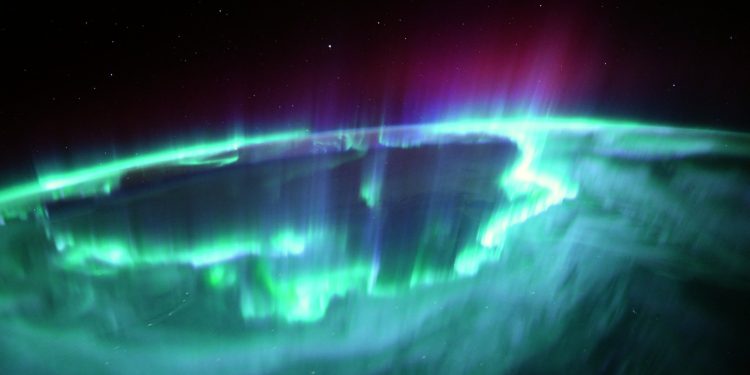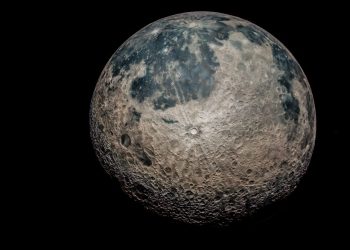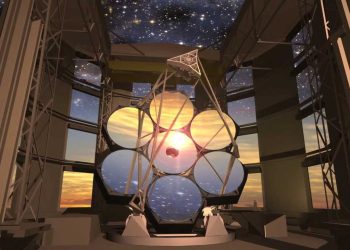Recent studies shed light on a peculiar dent in Earth’s magnetic field located above the South Atlantic Ocean, known as the South Atlantic Anomaly. This anomaly, covering a vast area over South America and the southern Atlantic, represents the weakest spot in Earth’s magnetic field. NASA has identified it as a hotspot for higher levels of ionizing radiation affecting satellites due to its lower magnetic protection.
Impact on the Southern Lights
The phenomenon not only poses a risk to space technology but also diminishes the brilliance of the southern lights, or aurora australis, as found in a study published on February 8 in Geophysical Research Letters. Typically seen in high latitudes around Antarctica, these lights are the counterpart to the northern aurora and result from solar particles colliding with atmospheric gases. Zhi-Yang Liu, the study’s lead author from the Institute of Space Physics and Applied Technology at Peking University, emphasizes the study’s novel insight into the dual influence of solar and Earth-based factors on auroras. The research, utilizing data from the FengYun-3E satellite, reveals a notable reduction in magnetic fluctuations within the aurora overlapping the anomaly, further supported by ultraviolet light analysis from the U.S. Defense Meteorological Satellite Program.
Future Directions in Research
The findings suggest that the anomaly’s effect on the aurora could be perceptible even without technical instruments, as indicated by fewer auroral observations from the Great Wall Station and King George Island’s research facilities. This reduction in energy transfer from solar particles, attributed to the weakened magnetic field, hints at complex interactions between solar energy and our atmosphere. With the underlying physics still largely unexplored, Liu and his co-author Qui-Gang Zong propose further investigation into whether similar phenomena occur on other planets, potentially broadening the scope of planetary magnetic field research.











